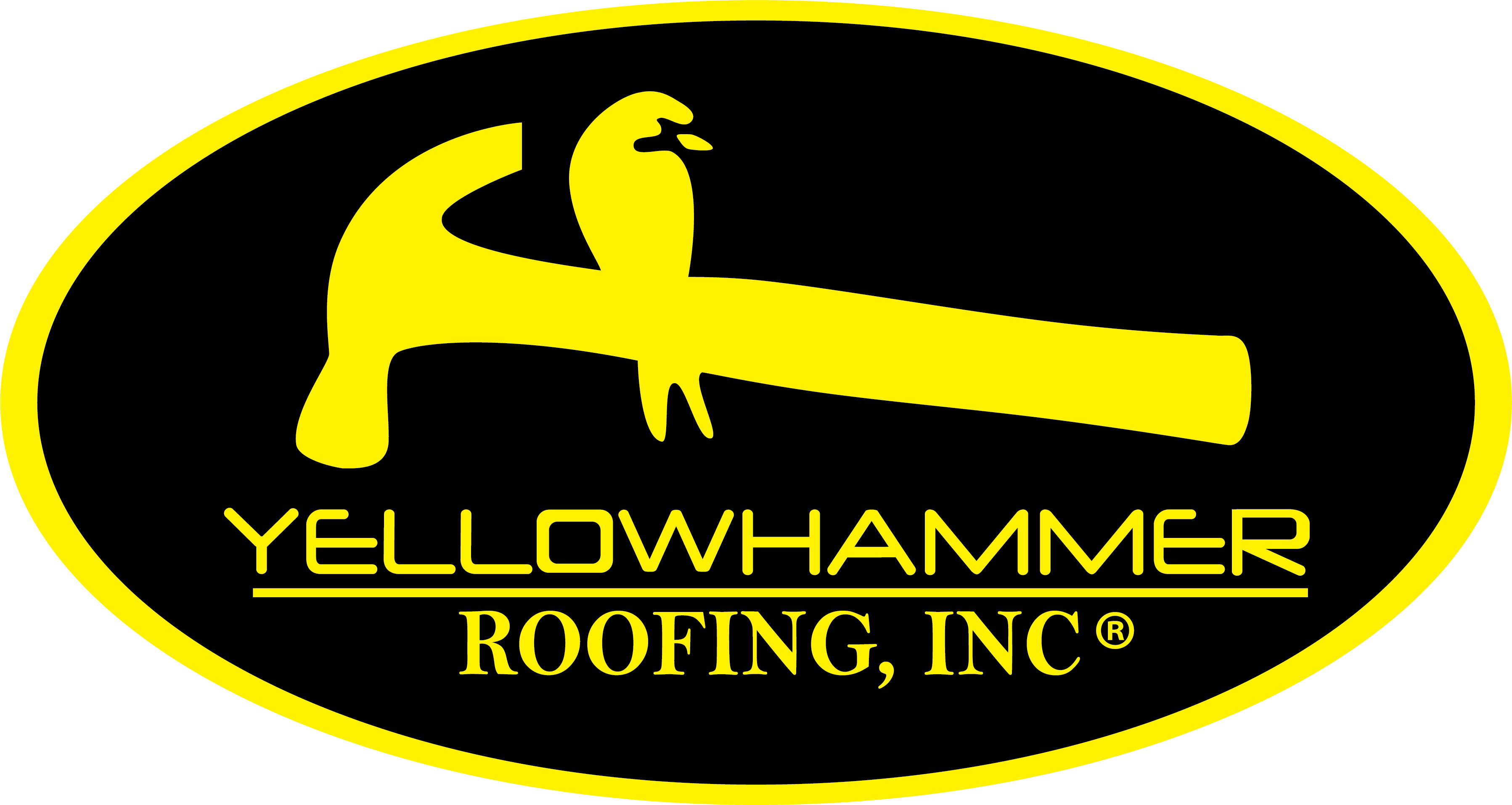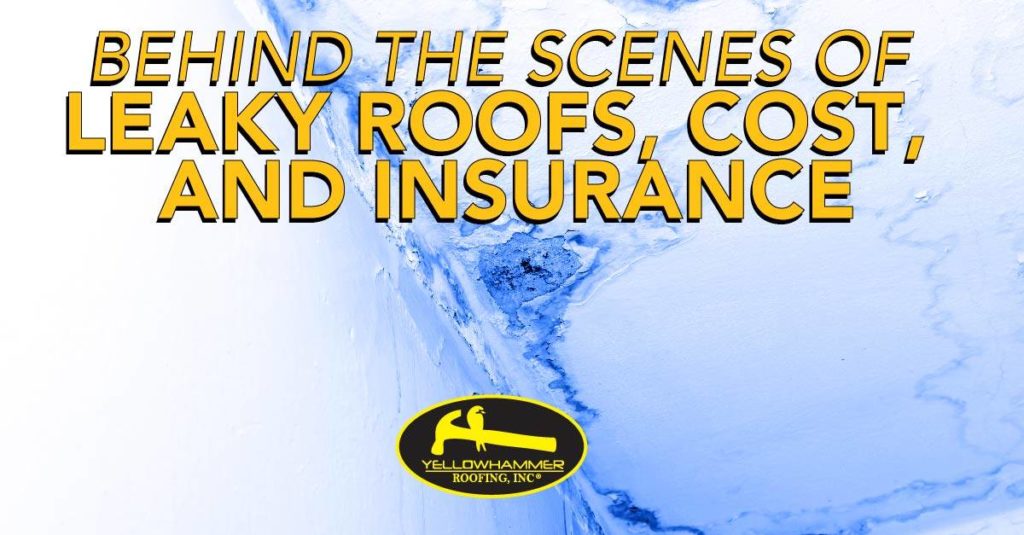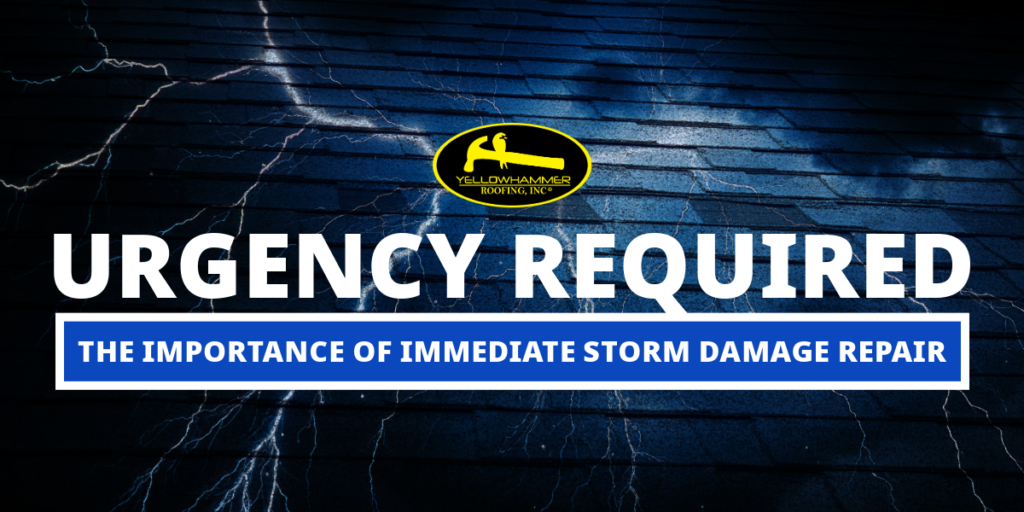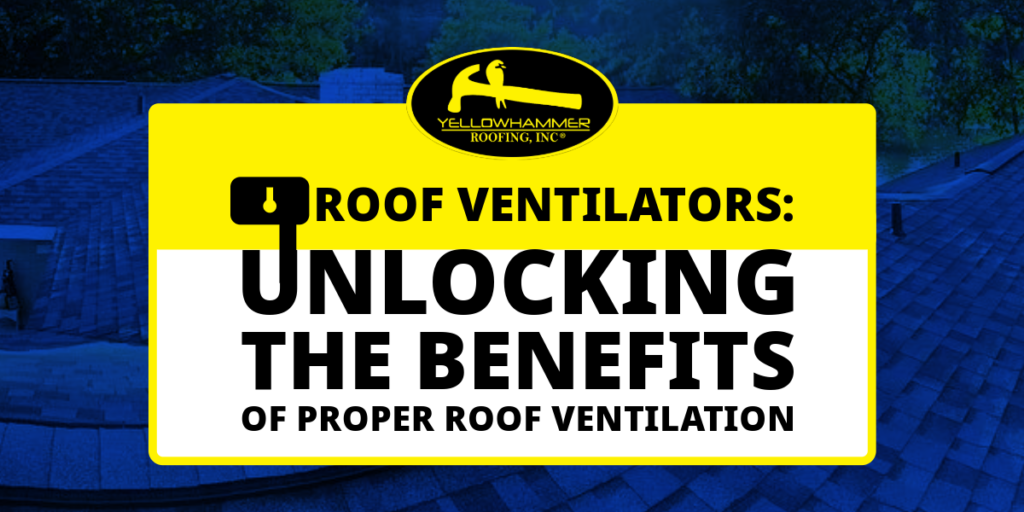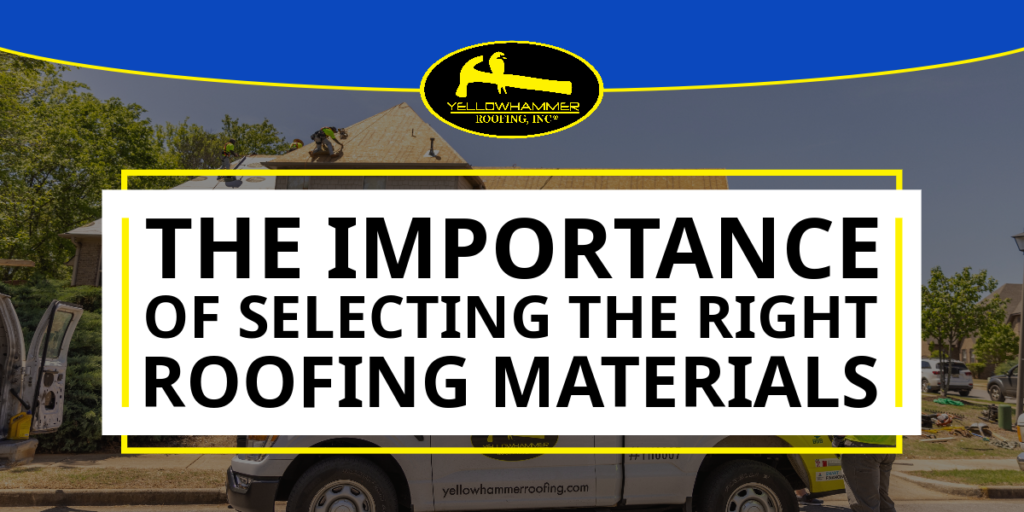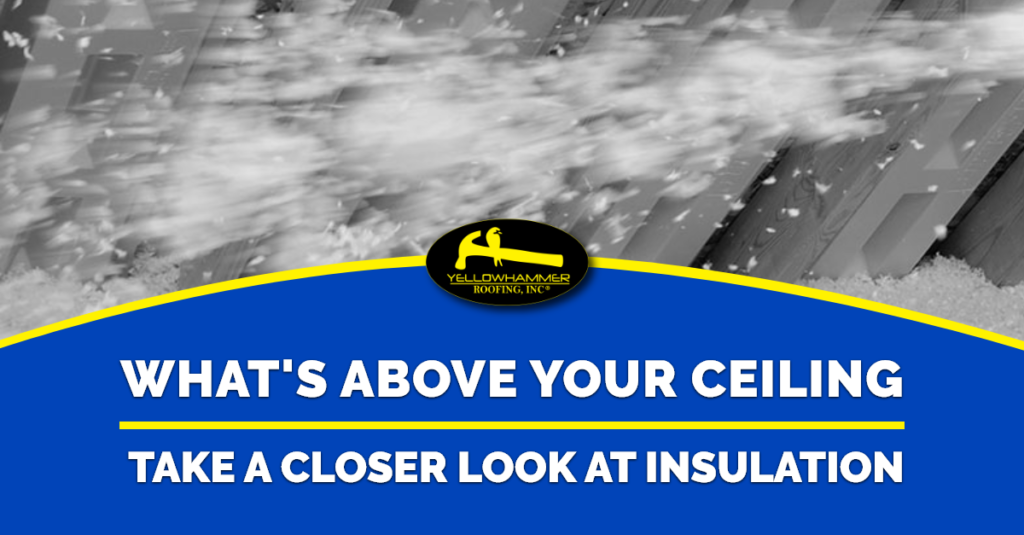What does a leaky roof look like? Is it the slow drip-drip-drip of water soaking your attic insulation? Is it a patch of stained drywall on a ceiling you just notice five minutes before company arrives? Most leaky roofs are not caused by heavy storm damage where half your roof peels away. No, a leaky roof can be a subtle, insidious thing that takes weeks to show itself. Let’s go behind the scenes of roof leaks to find out how you, the conscientious homeowner, can save yourself time, money, and heartache.
Causes of Leaky Roofs
The spectacular roof failure — the sort of leaky roof insurance companies seldom quibble about — can hit any Alabama or Tennessee homeowner hard. Hurricanes, heavy storms, even the occasional ice damage: these can all cause leaky roofs and immediately signal urgent need for roof repair.
Fortunately, that type of leaky roof and roof repair is usually fully covered under typical homeowner insurance policies. You call your insurer and roofer, and the two coordinate and get your Alabama or Tennessee home back to perfection.
The other causes of leaky roofs are more problematic. Maybe you have some minor installation error where the flashing never quite bonded to brick around a chimney.
Maybe your home has settled, and roof rafters have pulled away from the ridge beam, leading to leaks near the ridge vents. Maybe years and years of stapling 250 strands of holiday lights onto your roof has left holes in all your shingles.
Your first decision in diagnosing a leaky roof is to determine if the cause could be storm damage or something you did. The insurance company will work with you to get your storm damaged roof repaired. For those other kinds of leaks, you may need to look at your roof’s warranty.
Repair or Replace?
The secret to a long-lasting residential roof is to know when to repair roof shingles. After a major storm has caused roof damage and brought on a leaky roof, you have a small window of opportunity (usually a year) for a claim. Suppose your home got a taste of Hurricane Ida on November 4, 2009. You had until November 3, 2010, to put in an insurance claim for roof damage caused by the hurricane.
At some moment in the process, your roofer and insurance claims adjuster will have to decide: repair the existing shingle roof, or replace the whole thing?
Fiberglass-asphalt roof shingles are unitized; that is, they are small pieces put together to make one big roof system. This means one shingle or a dozen can be replaced in one area of a roof without disturbing the whole roof.
Your roofer is best qualified to decide if shingle roof repair means spot repair or if the entire roof needs to be replaced with a fresh, new shingle roof laid down.
Signs your roofer is looking for:
- Substantial granule loss
- Numerous torn shingles
- Missing shingles
- Raised shingles or shingles that have been uplifted by wind
- Nail pops
- Loose or missing flashing
A single missing roofing nail, barely 1/8th of an inch in diameter, can allow gallons of water through the shingle, the underlayment, and onto the sheathing. Once saturated, the sheathing will let the water drip onto attic insulation. The attic insulation will then let the water drip down onto the drywall (your ceilings); this is the source of the brown stains you see in your living space.
Whether you work through your insurance company for storm damage repair, use a roofing warranty for faulty materials or bad installation, or pay for roof repair yourself (if you did something like those holiday lights), you cannot afford to ignore a leaky roof.
The High Cost of Doing Nothing
How much will roof repair cost? Much less than ignoring a storm-damaged roof. The truth is, no roofer can quote a repair price sight unseen. The extent of the damage is a major factor in determining cost.
Leaky roofs do not repair themselves and ignoring the leak only leads to greater (and more expensive) damage.
Follow these simple steps to making a storm damage insurance claim:
- Call your insurance company to report your concerns
- Call your local, trusted roofer for an inspection
- Work with the roofer to navigate the claims process
- Allow the insurance adjuster and roofer to work together on the claim
- Let your roofer repair the damage
- Let your roofer finalize the insurance claim
- Pay the insurance deductible
You now know the causes of leaky roofs. You know you cannot ignore a leaky roof. You know the leak will not repair itself. And now you know how your roofer can help make the insurance claims process easy and painless. For fast, efficient roof repair, insurance claims, and reroofing, contact the professionals at Yellowhammer Roofing today!

